CHD8
Recent articles
Sequencing study spotlights tight web of genes tied to autism
The findings, shared in a preprint, help to illuminate how a large and heterogeneous group of genes could be involved in autism.
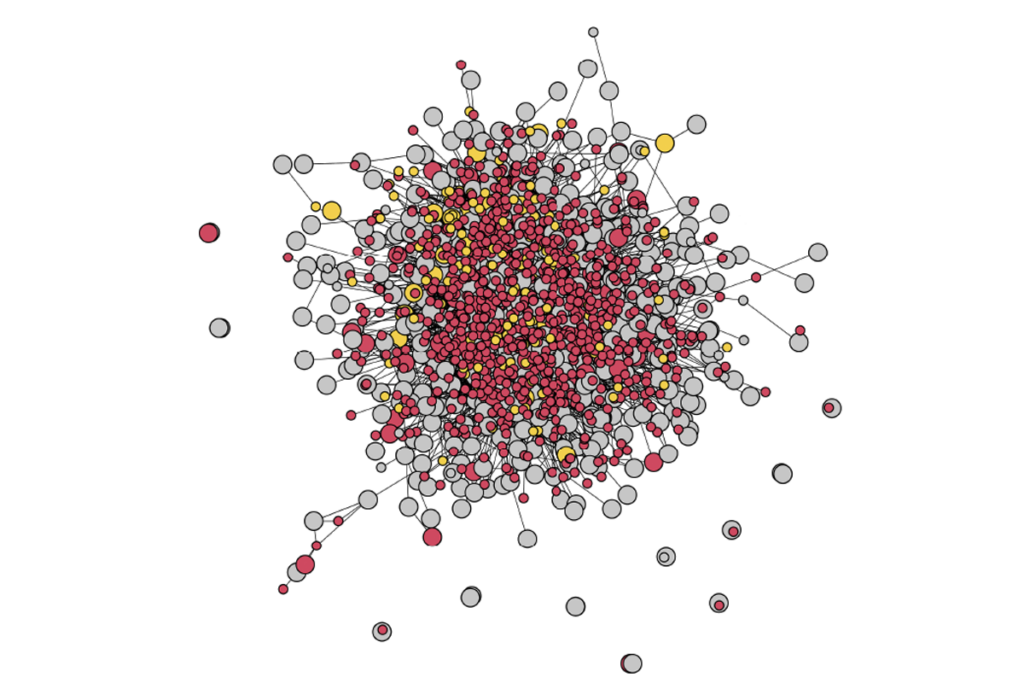
Sequencing study spotlights tight web of genes tied to autism
The findings, shared in a preprint, help to illuminate how a large and heterogeneous group of genes could be involved in autism.
CRISPR gives autism-linked genes a boost, rescues functioning
A modified form of the gene-editing tool increases the expression of CHD8 and SCN2A, showing potential for autism therapies.
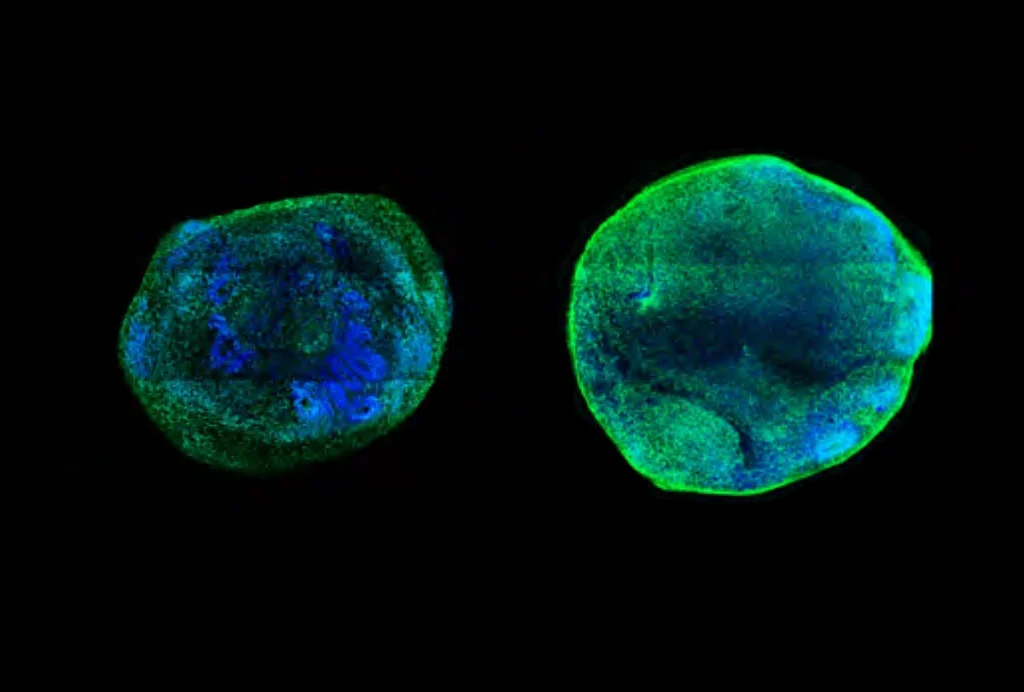
CRISPR gives autism-linked genes a boost, rescues functioning
A modified form of the gene-editing tool increases the expression of CHD8 and SCN2A, showing potential for autism therapies.
Autism-related genes converge on microglia and dopamine in zebrafish
The findings add to the growing evidence that genes with disparate functions can play similar roles in brain development.
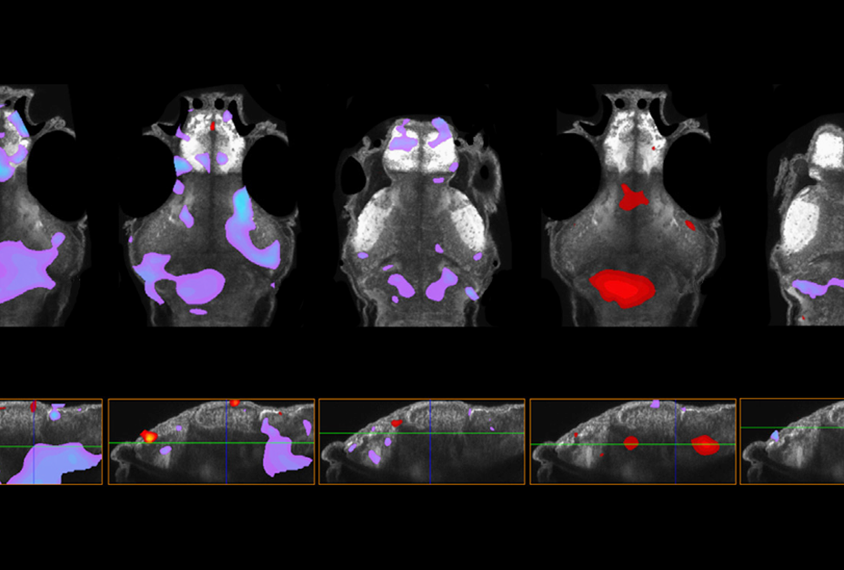
Autism-related genes converge on microglia and dopamine in zebrafish
The findings add to the growing evidence that genes with disparate functions can play similar roles in brain development.
Chromatin remodeling tied to altered splicing in autism model
Exposing neurons to valproic acid, a well-known environmental risk factor for autism, disrupts their ability to generate different proteins from the same gene.
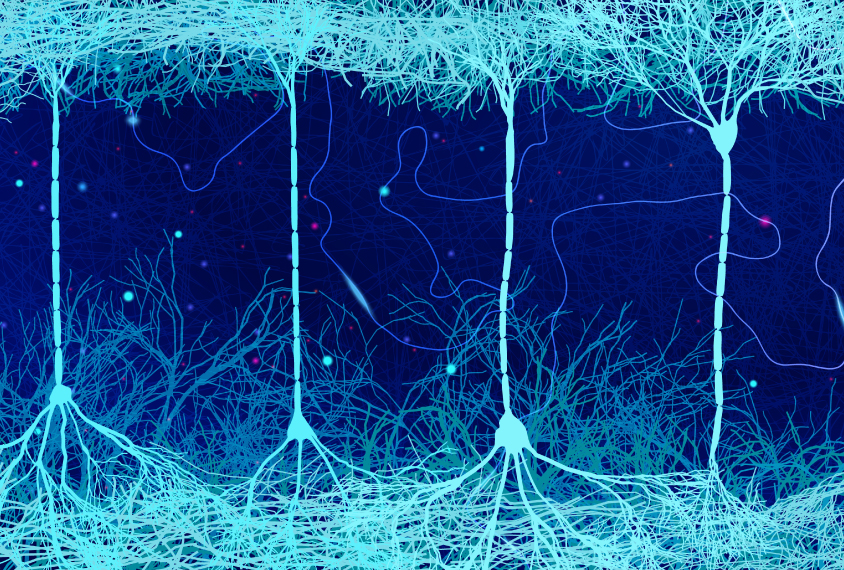
Chromatin remodeling tied to altered splicing in autism model
Exposing neurons to valproic acid, a well-known environmental risk factor for autism, disrupts their ability to generate different proteins from the same gene.
CHD8 mutation in 33 mouse strains yields range of traits
The findings put genetic background forward to help explain autism’s heterogeneity.
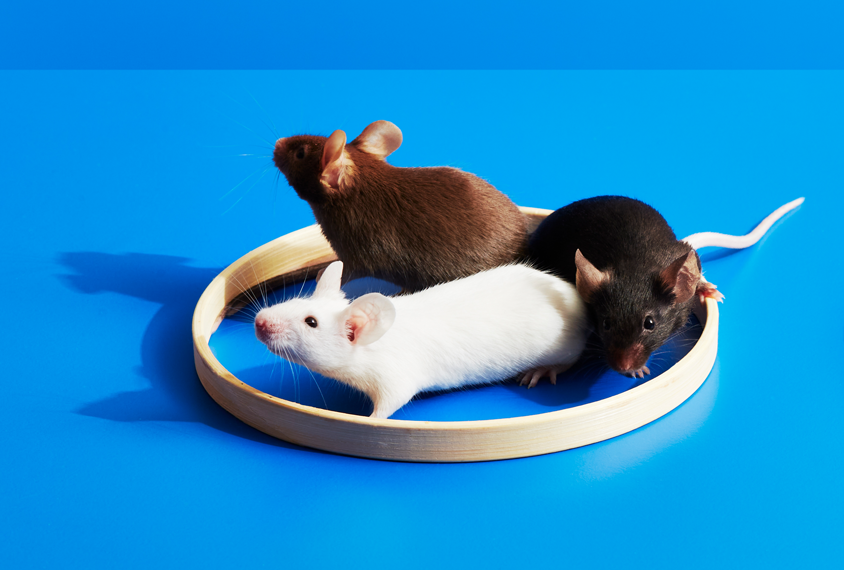
CHD8 mutation in 33 mouse strains yields range of traits
The findings put genetic background forward to help explain autism’s heterogeneity.
Flexible genomic architecture undergoes major redesigns during cerebellum development
A new atlas reveals how the structural shake-ups within a cell’s genome differ by cell type and brain region over time.
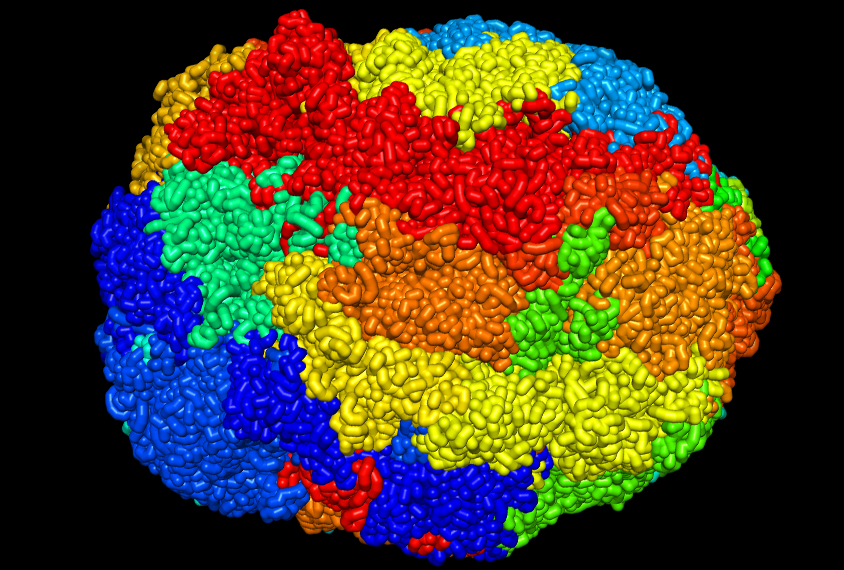
Flexible genomic architecture undergoes major redesigns during cerebellum development
A new atlas reveals how the structural shake-ups within a cell’s genome differ by cell type and brain region over time.
Community Newsletter: Autism gene lists, genetic diversity in mouse models, an autism biomarker
This week, we’re bringing you some labors of love: a thread lamenting the autism field’s focus on gene lists, a study introducing genetic diversity in mouse models, and long-awaited results from a biomarker study.
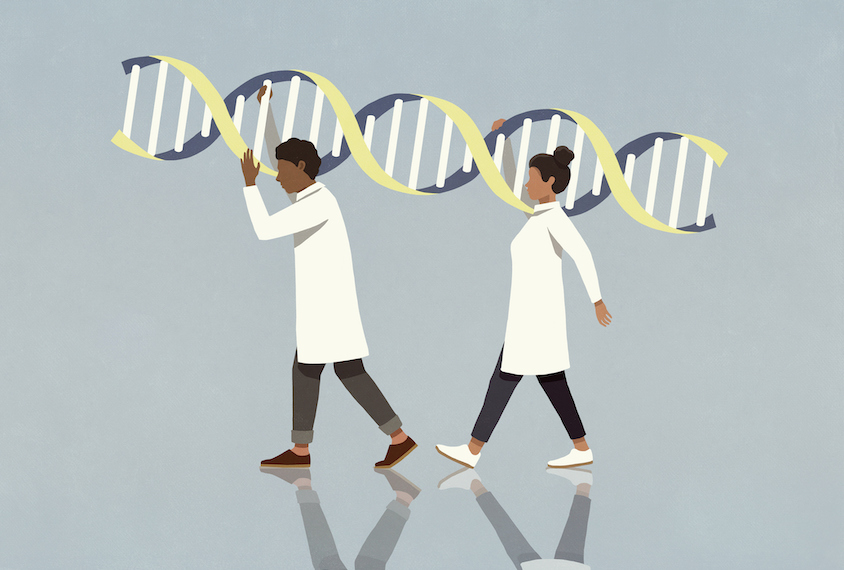
Community Newsletter: Autism gene lists, genetic diversity in mouse models, an autism biomarker
This week, we’re bringing you some labors of love: a thread lamenting the autism field’s focus on gene lists, a study introducing genetic diversity in mouse models, and long-awaited results from a biomarker study.
‘Double duty’ autism-linked genes upend conventional characterizations
What these genes do and how they affect autism depends on when in development they’re studied, despite what classic ‘gene ontology’ analyses say.
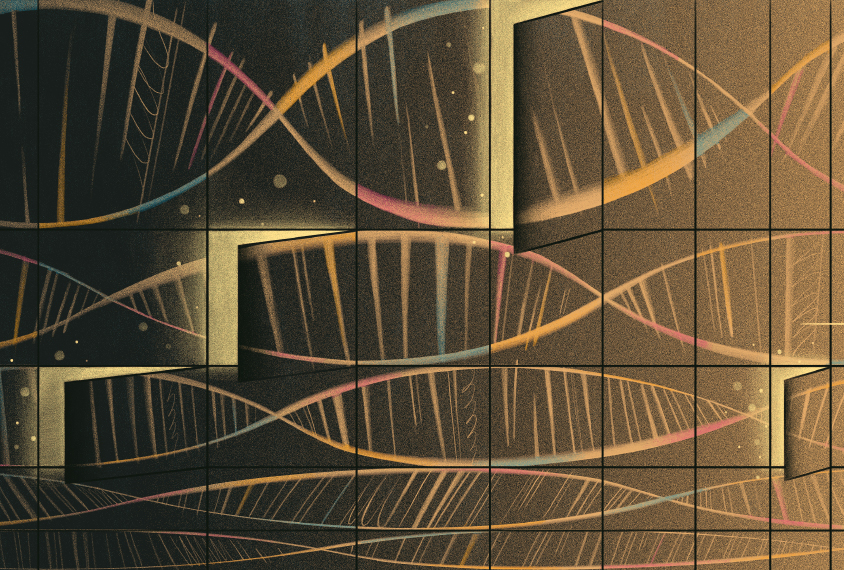
‘Double duty’ autism-linked genes upend conventional characterizations
What these genes do and how they affect autism depends on when in development they’re studied, despite what classic ‘gene ontology’ analyses say.
Heart anomalies abound in mouse models of autism
Of nine genetic models examined in a new study, all had some incidence of cardiac abnormalities. But the problems varied widely depending on the affected genes.
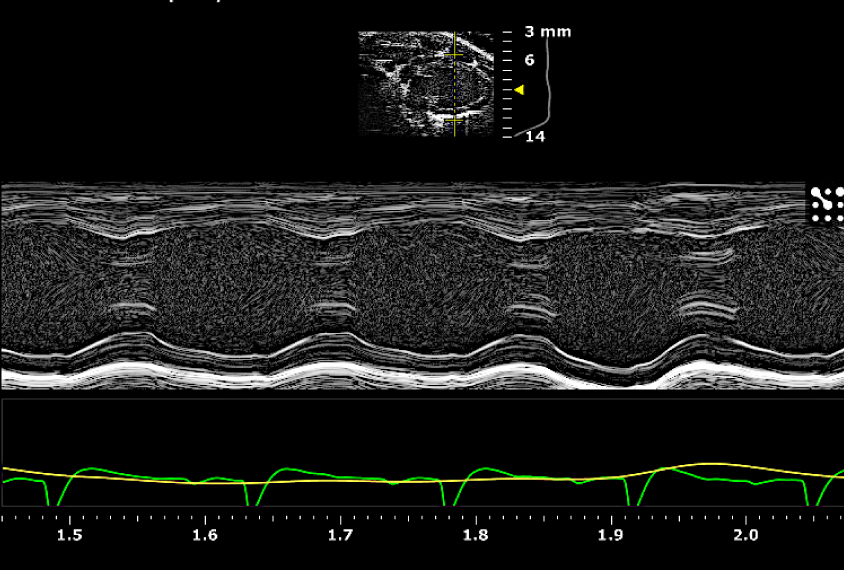
Heart anomalies abound in mouse models of autism
Of nine genetic models examined in a new study, all had some incidence of cardiac abnormalities. But the problems varied widely depending on the affected genes.
Organoids show how mutations in top autism gene may lead to brain overgrowth in people
The loss of CHD8, a top autism gene, speeds up the production of certain neurons and leads to overgrowth in spheres of cultured brain cells.
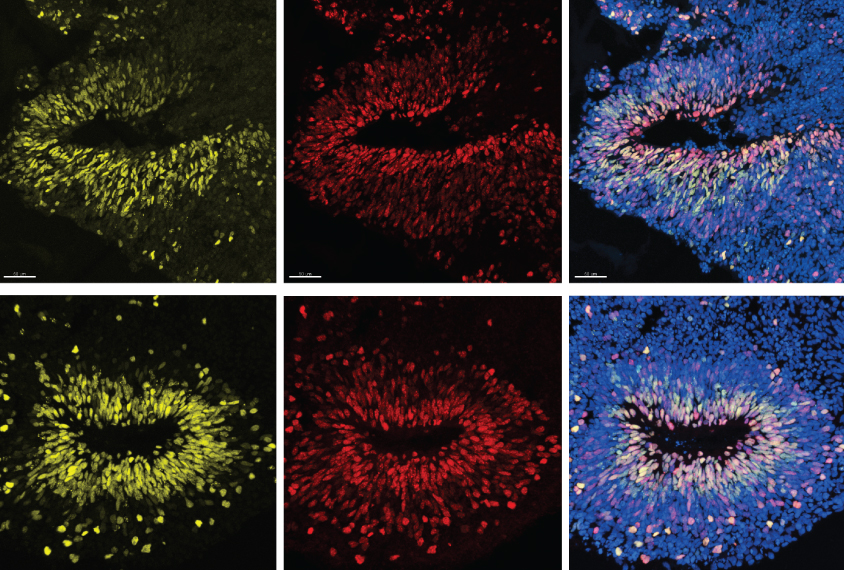
Organoids show how mutations in top autism gene may lead to brain overgrowth in people
The loss of CHD8, a top autism gene, speeds up the production of certain neurons and leads to overgrowth in spheres of cultured brain cells.
Explore more from The Transmitter
The Transmitter’s most-read neuroscience book excerpts of 2025
Books by Nachum Ulanovsky, Nicole Rust, and Andrew Iwaniuk and Georg Striedter made the list of some of the year's most engaging neuroscience titles.

The Transmitter’s most-read neuroscience book excerpts of 2025
Books by Nachum Ulanovsky, Nicole Rust, and Andrew Iwaniuk and Georg Striedter made the list of some of the year's most engaging neuroscience titles.
Neuroscience’s leaders, legacies and rising stars of 2025
Here are seven stories from the past year about some of the field’s most engaging figures.

Neuroscience’s leaders, legacies and rising stars of 2025
Here are seven stories from the past year about some of the field’s most engaging figures.
The Transmitter’s top news articles of 2025
Check out some of our most-read stories, covering neuroscience funding and policy changes in the United States, and methodological issues in high-profile neuroscience papers.

The Transmitter’s top news articles of 2025
Check out some of our most-read stories, covering neuroscience funding and policy changes in the United States, and methodological issues in high-profile neuroscience papers.